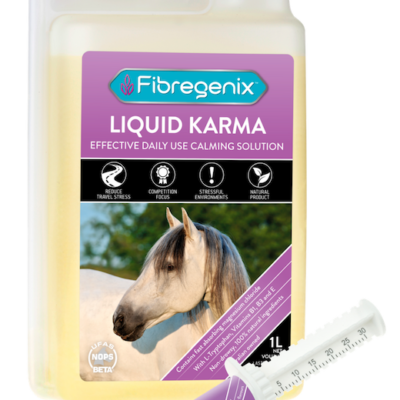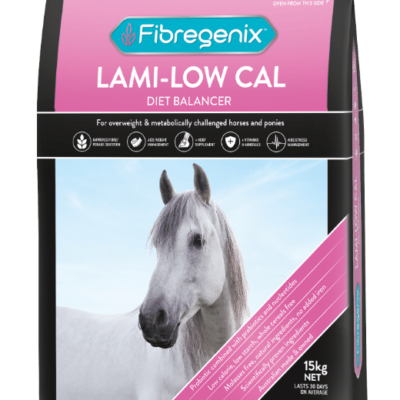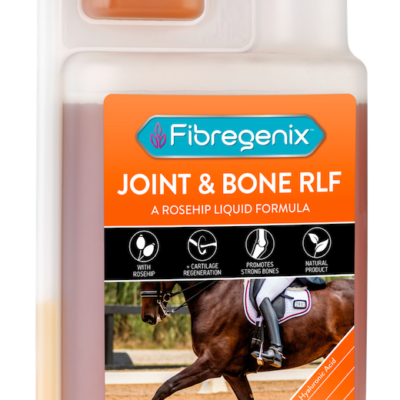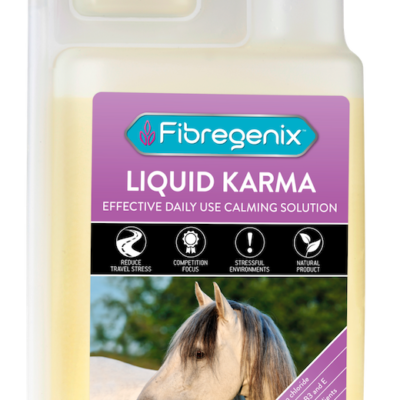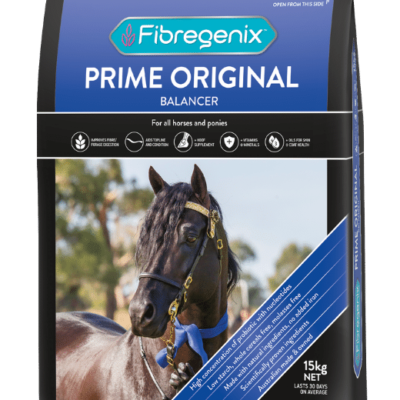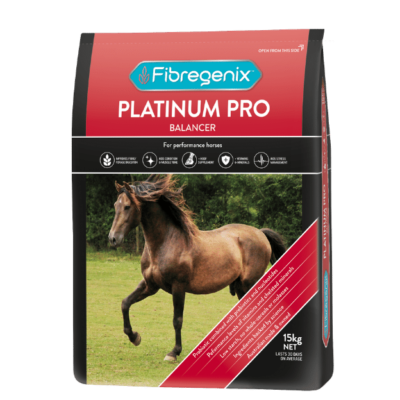Aug 27, 2019
If you need to swap from one Fibregenix balancer to another, this can usually be done over 3-4 days, as the appearance of the product is pretty much the same, it’s just the nutritional make-up that is different, and hence 3-4 days is usually adequate. With a particularly sensitive horse, we’d advise increasing the balancer to balancer swap to 7-10 days.
Aug 27, 2019
Fibre will include hay, chaff, beet pulp, products like Maxisoy, fibre cubes etc – there are many fibre feeds available on the market. The choice is yours, but try and keep it simple with as few products as possible in the diet. Less is more! Remember you may be paying extra for a fortified fibre product ie which contains added vitamins and minerals that is unnecessary when on Fibregemix and straight fibre.
Aug 27, 2019
It looks such a small amount compared to the couple of kilos of hard feed I’ve been feeding, is it really enough?
Remember Fibregenix is a balancer supplement, not a hard feed. It is nutrient dense and concentrated. It may not look like much, but it packs a mighty punch! If your fibre levels and quality is good then it should suffice but again consult us to ensure digestible energy levels are being sufficiently met or if you are concerned in any way.
Aug 27, 2019
While you’re introducing Fibregenix over the 7-10 days introductory period, we suggest making any changes gradually so you can monitor any weight changes. In a healthy horse at maintenance or light work, there should be no change in weight because of the high levels of probiotic in Fibregenix which enable a horse to get more out of his fibre feeds. However, you may need to increase the level of his fibre intake, again assess on an individual basis. If your horse is in hard work then you can’t just take everything out of the diet and start feeding just fibre and the balancer, the digestible energy required for work needs to be replaced gradually with other suitable fibre based products and smaller amounts of hard feed and/or oil. The key is to maintain the correct level of digestible energy in the diet. You can contact us for dietary advice in this respect. Supplements should also be phased out gradually in the first week of introducing Fibregenix. Remember, make all changes to your horse’s diet a gradual thing – no sudden surprises!
Aug 27, 2019
Although horses are essentially fibre fermenters, they can of course digest starch, just not in huge quantities at one time. Recent research has found that no more than 1g per 1kg of bodyweight in starch should be fed at any one meal for sensitive horses, albeit other research has suggested 2g per kg of bodyweight. If you are unable to adopt this practice and are concerned about providing your horse with enough energy for his work – try replacing some of that grain/hard feed with Fibregenix Platinum Pro ration balancer supplement and adding in a calorie dense feed such as oil or feeding a low starch grain such as lupins, or adding in some super fibres such as beet pulp. Too much starch in one meal can cause a multitude of problems. From gas colic to ulcers to hot and fizzy behavior, toxicity in the hindgut leading to laminitis, etc etc

